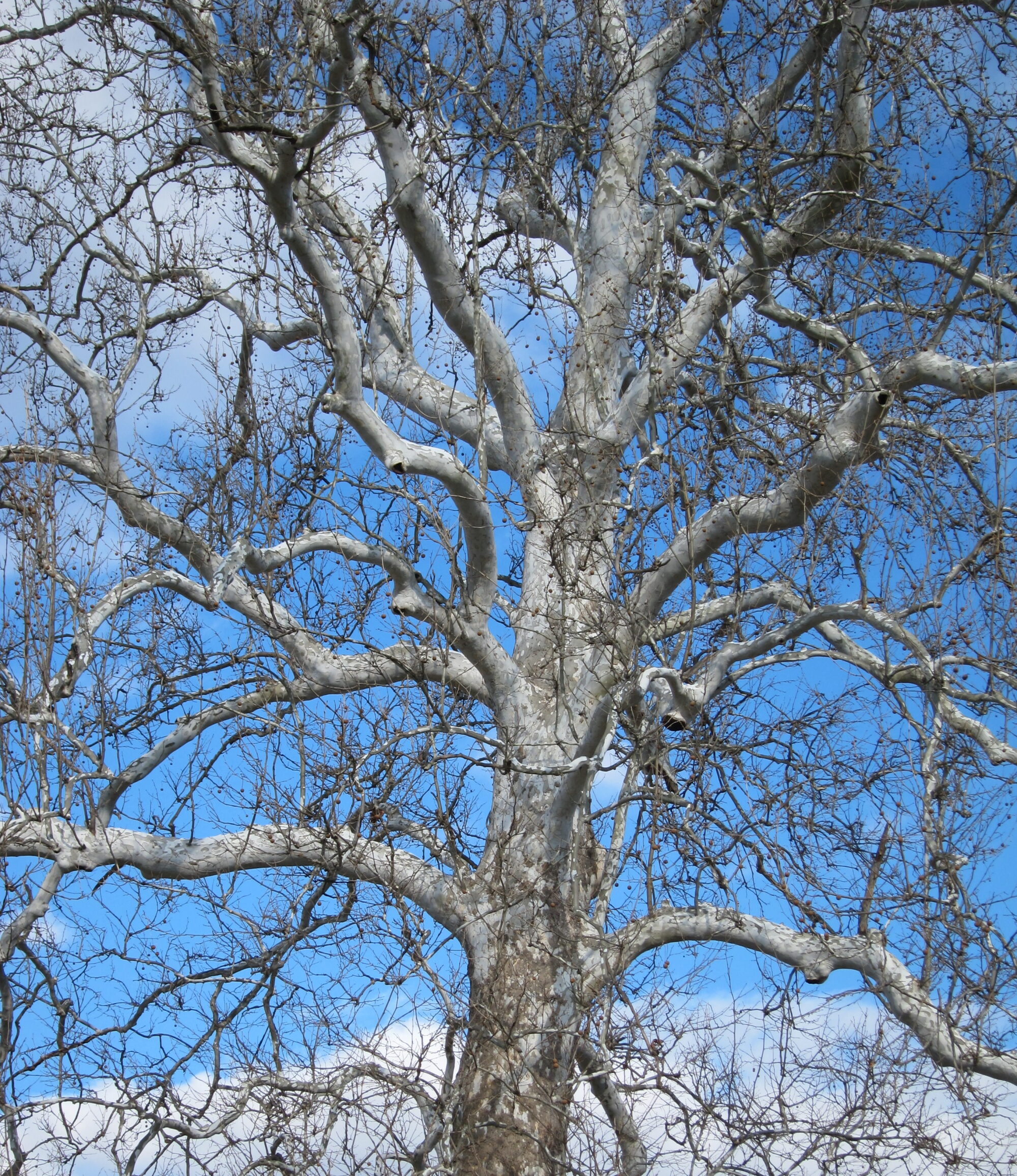I am interested in the point where human psychology (symbolism) and nature meet both with respect to myself and nature. Rather than manipulate nature, I am interested in understanding how we identify as nature and where biology and art making overlap. So I am most satisfied when there is a transparency to the work, where nature and human nature are indistinguishable, and there is a self- awareness of “biologically belonging to the world”.
The trapazoid symbols signify the broadest definition of nature, that is decay and death along side plant-life symbols that reflect the beauty and growth of nature. I search for rich colors, usually in museums, that I can use to add a deeper feeling to the work.
In 2015 I began planting trees in the wetlands of Lincoln, Rhode Island as an empathic/existential response to the earth. I had done my first planting piece as an undergraduate many years before. This new work developed into planting trees in historical graveyards in northern Rhode Island. The planting of trees in graveyards are empathic jestures to mourn a dying environment. By planting Dwarf Alberta Spruce trees I am marking loss. They remain roughly human size during there slow growing period. I check in on the health of my tree-markers from time to time, in a number of years I should have human size trees inhabiting the graveyards of northern R.I. . This rogue tree planting feels like, for a short time, there is only the earth and myself.
The 2018 Tree Farm exhibit at University of Rhode Island Project Space is an extension of the Planting Project. I brought small Dwarf Spruce trees into the gallery so that guests/students might take a tree with them to plant somewhere of their choosing. On the gallery walls were my paintings that reflected the more symbolic side of my art making. As URI students planted these trees from my exhibit I could see that “social sculpture” projects were very appealing to me as an extension of my own rogue tree planting.
